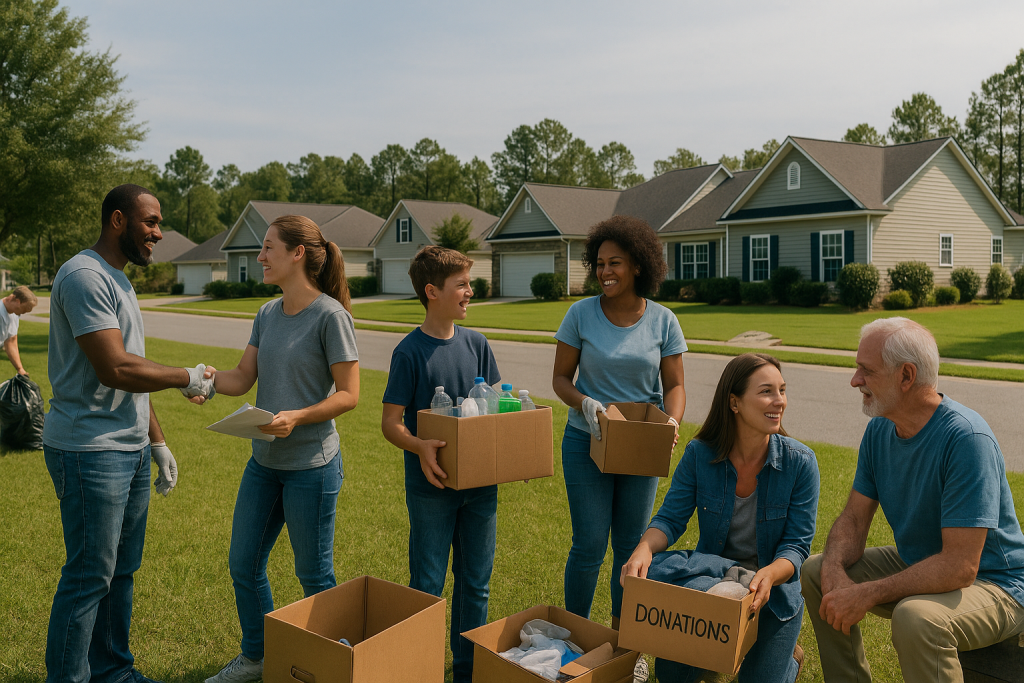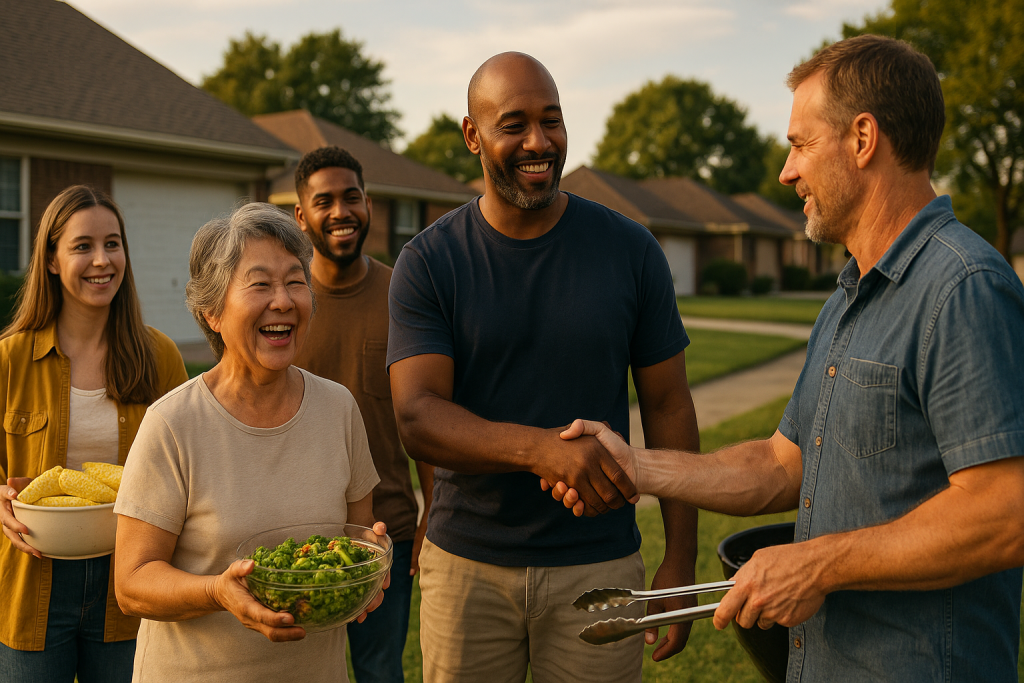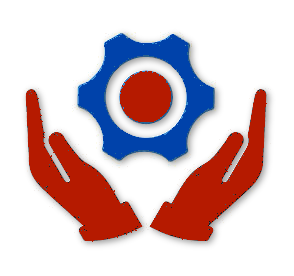How Communities Come Together

By My Neighbors | www.my-neighbors.us
In an age marked by digital connection and physical disconnection, the importance of community unity has never been more crucial. From neighborhood barbecues and block clean-ups to shared childcare and mutual support during emergencies, strong community ties foster resilience, safety, and a better quality of life.
Why Community Unity Matters
Community unity goes beyond casual neighborly greetings—it lays the foundation for trust, cooperation, and mutual aid. A unified community is safer, healthier, and more supportive. Studies show that neighborhoods with higher levels of social cohesion experience reduced crime rates, increased property values, and improved overall well-being among residents.
Unity empowers communities to self-organize, advocate for shared interests, and mobilize resources efficiently during times of need. Whether it’s organizing a relief effort after a storm or banding together to address local zoning concerns, collective action is made possible by a sense of togetherness.
Challenges to Unity
Modern life poses several challenges to community cohesion. Busy schedules, high residential turnover, cultural differences, and digital distractions can all contribute to isolation. However, these barriers are not insurmountable. They are opportunities to innovate how we engage with our neighbors.
Apathy or fear of rejection often holds people back from initiating contact. Others may not know where to begin or feel their small effort won’t matter. Yet, unity starts with one gesture—a hello, a shared tool, or an invitation to a group text.
Small Actions, Big Impact
Every resident, regardless of age, background, or personality type, holds the potential to spark meaningful change. Here are a few real-world examples of how small efforts led to big outcomes in local communities:
Front Porch Fridays: One resident in Bloomingdale began sitting on their porch every Friday evening with lemonade. Soon, others joined, creating a weekly social tradition that spread throughout the block.
Shared Garden Spaces: A young couple transformed a vacant lot into a community garden, drawing together residents of all ages who had never previously interacted.
Neighbor-to-Neighbor Tool Library: A retiree offered his garage as a local “tool library,” helping reduce expenses for DIY projects and encouraging collaborative repairs and home improvement sessions.
These simple initiatives created ripple effects—deepening trust, encouraging collaboration, and instilling a sense of ownership and pride among neighbors.
Getting Involved
You don’t need a title or formal platform to strengthen your neighborhood. Here are ways anyone can contribute:
Greet new neighbors with a welcome note or small gift.
Organize or attend local meetups, clean-ups, or potlucks.
Use platforms like My Neighbors to stay informed and involved.
Share your skills—whether it’s tutoring, car repair, or baking, talents can become bridges.
Celebrate diversity by encouraging cultural exchanges and inclusive dialogue.
Final Thoughts
Unity doesn’t emerge overnight—it’s nurtured over time through consistency, care, and conscious effort. But once it takes root, it becomes a self-sustaining force that uplifts every resident, enhances security, and brings joy to daily life. At My Neighbors, we believe that together is not just a concept—it’s a community in action.


My Neighbors







- #Bloomingdale GA
- #civic engagement
- #community building tips
- #community engagement
- #community impact
- #community participation
- #community strength
- #community-led initiatives
- #grassroots unity
- #how to build community
- #local community projects
- #local involvement
- #My Neighbors website
- #neighbor connections
- #neighborhood improvement
- #neighborhood unity
- #shared community goals
- #small actions big change
- #suburban neighborhoods
- #trust among neighbors






Get involved!
Comments